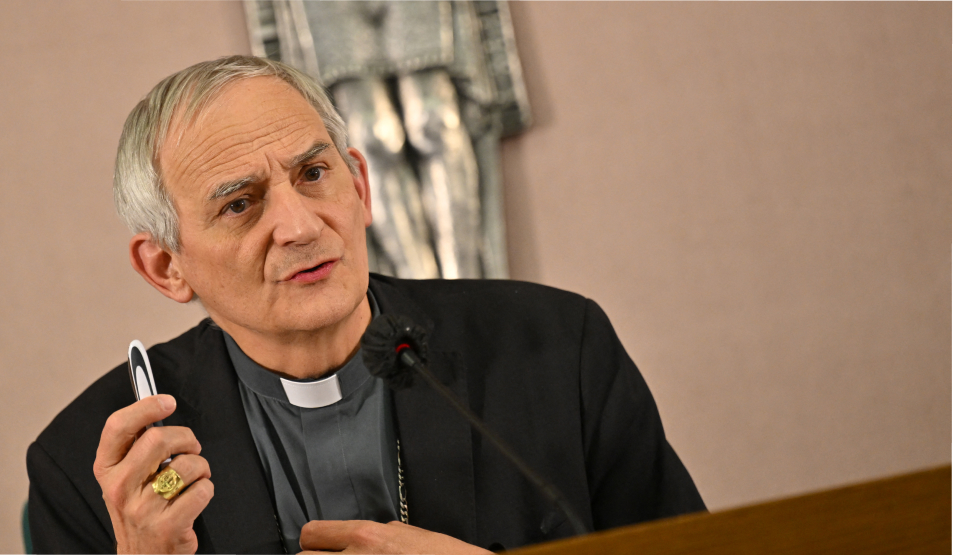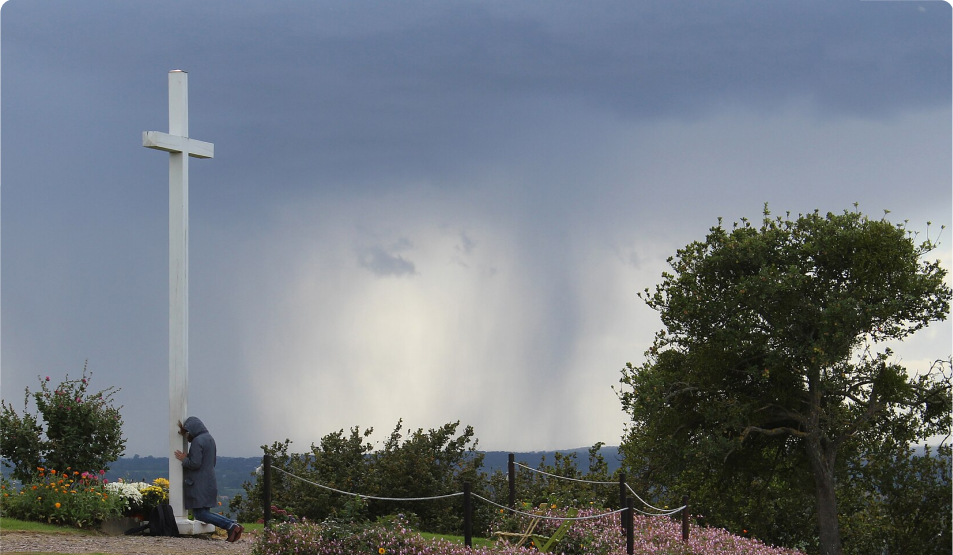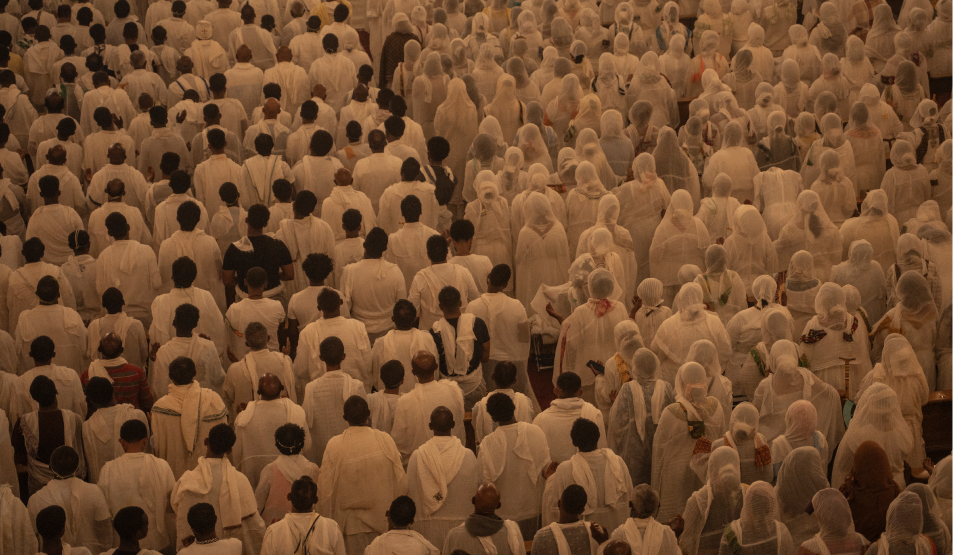Dutch bishop Rob Mutsaerts has published a sharp critique of Cardinal Fernández’s recent DDF document on the Marian title Co-Redemptrix, accusing the cardinal of stirring “confusion regarding the Marian title Co-Redemptrix”.
In a blog post, Bishop Mutsaerts, Auxiliary Bishop of the Diocese of ’s-Hertogenbosch in the Netherlands, wrote, “There is no truth that cannot be misunderstood.” He argued that the cardinal is “mistaken to claim that it is no longer advisable to use the title ‘Co-Redemptrix’ for Mary”.
According to Bishop Mutsaerts, the root of the problem lies not in the title itself but in the misunderstanding of it. “If he is concerned that people will equate Mary with Christ, the problem lies with him, not Mary,” he said.
He insisted that Christ’s primacy remains secure: “Christ’s position is so absolute that it is nonsensical to imagine anyone overshadowing him. Cooperation does not imply rivalry.”
He argued that Mary’s role in redemption is grounded in the divine plan. “The fact that Mary cooperated in our redemption is not a human invention. It stems from God’s decision to work through human mediation,” he wrote. “Every step in salvation history demonstrates that God acts through humanity, not despite it.”
His defence of the term is rooted in the long tradition of its use. “The Church refers to Mary as the Co-Redemptrix — a term not used lightly or rarely by saints and popes — meaning that she was involved in what Christ accomplished in a unique way,” he said.
He pointed to papal usage, noting that Benedict XV once described Mary’s suffering at the cross as “almost equal” to that of Christ — stressing the qualifier: “almost, I repeat, not actually, and only someone paying insufficient attention would fail to hear the difference.”
In light of this, he finds it “strange that Fernández wishes to ban a word simply because it might be misunderstood”.
Bishop Mutsaerts urged clarity rather than suppression. “One would expect him to start by explaining it rather than erasing it,” he wrote. To illustrate the point he added an analogy: “If someone finds a map confusing, teach them how to read it. You wouldn’t tear the map to pieces and declare the world to be flat.”
He continued, “Likewise, if a theological term seems dangerous, it may be helpful to clarify that ‘co’ comes from ‘cum’ — meaning ‘with’ — and does not imply equality.” He said, “There has never been any real confusion about this. Instead, the [Dicastery for the Doctrine of the Faith] is casting suspicion on the term itself.”
He further asked, “If God was not afraid to give a girl from Nazareth the title ‘Mother of God’, why should we be afraid to give her lesser titles?” He said the Marian role points to the broader Catholic vision.
The debate touches on a long-standing theological strand within the Church. The title Co-Redemptrix has appeared in Catholic discourse for centuries, evident in the writings of saints such as Bonaventure, who spoke of Mary as “at work with Christ in redemption”, and Bernardine of Siena, who praised her “co-operation”.
As Bishop Mutsaerts noted, popes such as Leo XIII, Pius X and Benedict XV explicitly used or endorsed the idea of Mary’s unique union with Christ in the work of salvation.
The debate over Co-Redemptrix was a point of contention during the Council. Many conservative bishops and theologians pressed for Mary to be proclaimed Co-Redemptrix, Mediatrix and Advocate as a fifth Marian dogma. Petitions for such a definition reportedly gathered signatures from attending bishops, but by a narrow vote the Council decided to integrate Marian teaching into the broader Dogmatic Constitution on the Church (Lumen Gentium) rather than issue a separate schema on Mary.
Lumen Gentium ultimately called her Mediatrix, acknowledging her maternal intercession and cooperation in Christ’s saving work, but avoided the stronger title Co-Redemptrix, which many Council Fathers feared could obscure Christ’s unique redemptive role and complicate ecumenical dialogue. This marked a deliberate moderation of pre-conciliar enthusiasm for defining the title as dogma.
In modern papal teaching, the issue has been treated with caution. Pope John Paul II used the term Co-Redemptrix several times in the 1990s, raising hopes among supporters, but his successor, then-Cardinal Ratzinger, warned that the term was “too far from Scripture” and risked confusing the faithful. Pope Francis has likewise said that “Christ is the only Redeemer” and described Mary as given to the Church “as a mother, not as … co-redeemer”.
Ecumenical concerns continue to discourage formal definition, as many theologians fear that advancing a new Marian dogma could strain relations with Orthodox and Protestant communities.
(Photo credit should read FILIPPO MONTEFORTE/AFP via Getty Images)
















